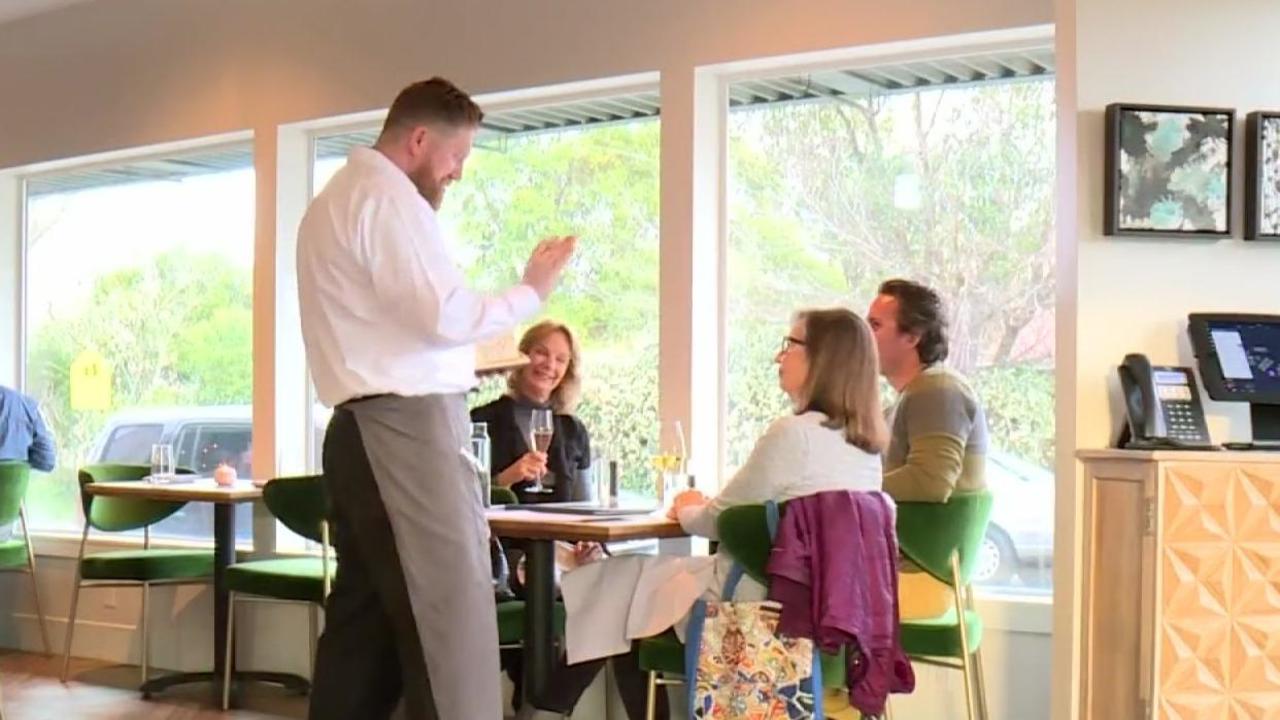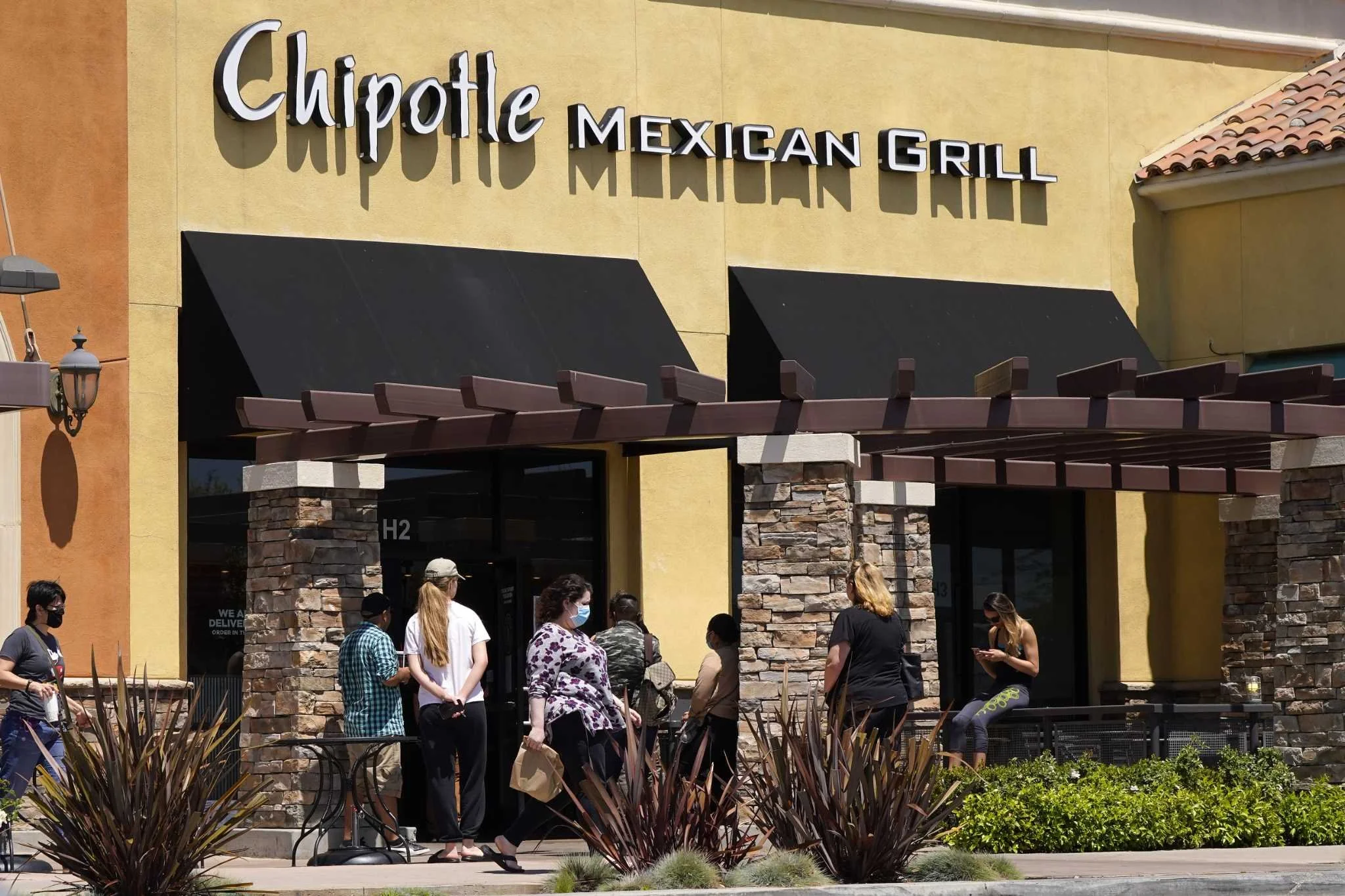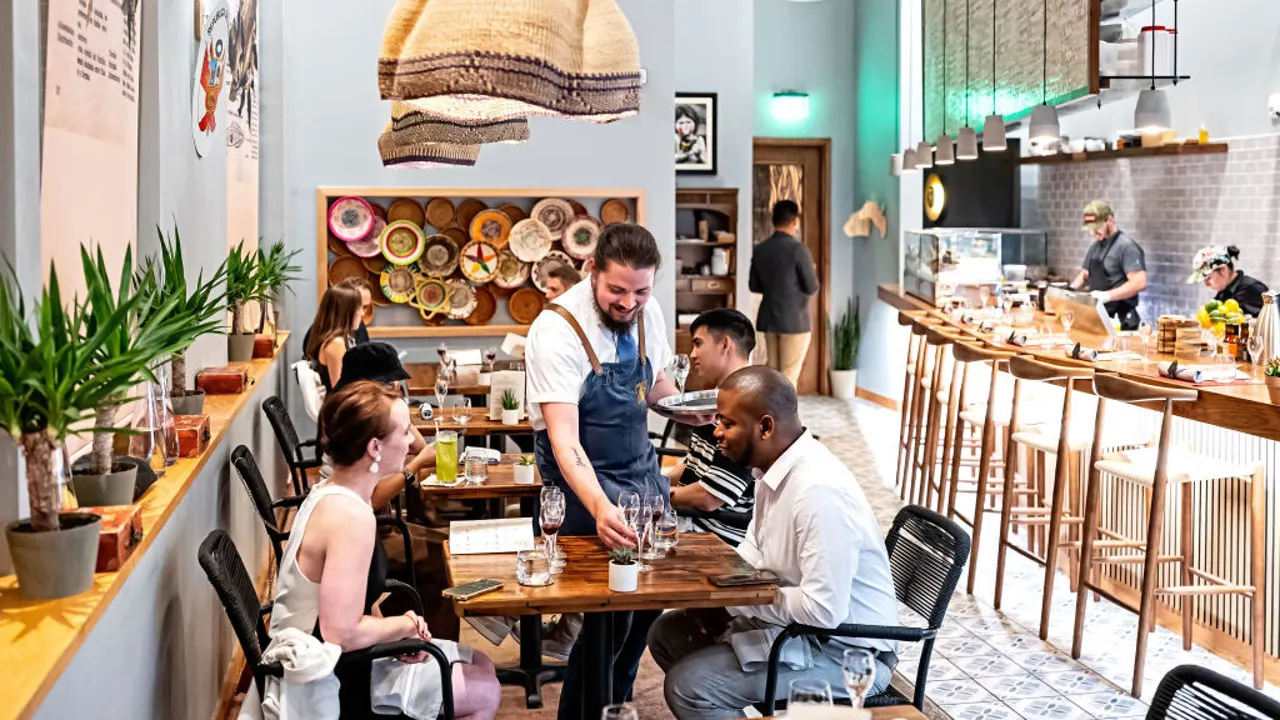California is setting the stage for a significant shift in how restaurants display their pricing. A forthcoming law, effective from July 1, aims to enhance pricing transparency by prohibiting hidden fees that have become a common sight in many dining establishments across the state. This change, while aiming to foster clarity and fairness, could lead to an increase in menu prices as businesses adjust to the new regulations.

California Law Eliminating Restaurant Surcharges Raises Concerns
For years, diners in places like San Francisco have been greeted with a line at the bottom of their menus warning of mandatory service charges, which could vary dramatically from 4% to 20%. These surcharges are often used to balance the pay disparity between front-of-house staff and back-of-house workers. However, with the new legislation, these fees are set to disappear, potentially leading customers to face higher costs as restaurants recalibrate their pricing structures.
Marcia Gagliardi, a seasoned food expert and author of the long-standing newsletter Tablehopper, commented on the impending changes: “Just when you thought your pork chop was already really expensive, guess what? We’re going to be seeing higher prices because there’s nowhere else these restaurants can put these fees and higher wages to maintain these employees.”

Why The Change?
The law, spearheaded by Bay Area senators Sen. Nancy Skinner of Berkeley and Sen. Bill Dodd of Napa, is designed to combat “drip pricing“—a tactic where only a portion of the actual cost is advertised upfront. “The law does not ban companies from setting a price, but it does regulate how companies can advertise or display the cost,” a press release from Sen. Skinner’s office stated. This approach aims to ensure customers are not misled by the initially lower prices that could end up being significantly higher at the time of payment.
Potential Impacts on Local Restaurants
Tom Medin, a veteran of San Francisco’s food tour industry, sees potential benefits in the change, particularly for smaller, family-owned restaurants. “The restaurants you feel a part of, where knowing your customers is key, those places might do okay,” Medin shared. This sentiment suggests a shift back to customer relationships and away from pricing strategies that can alienate patrons.
JUST IN: The California attorney general’s office confirmed on Tuesday that a new California law that bans junk fees will apply to surcharges at restaurants. https://t.co/qcW0WsiWHH
— San Francisco Chronicle (@sfchronicle) April 30, 2024
However, not everyone is optimistic. Laurie Thomas from the Golden Gate Restaurant Association warns of the difficulties this change may impose. “So how do you take their rate down and go to an old-fashioned tip model, or do you raise your prices 20%, 25%?” Thomas questions the viability of either strategy in maintaining staff wages without losing customer loyalty.
What This Means for Diners and Restaurants Alike
Despite the removal of additional charges on bills, the impact on customer spending might still be palpable. “I see restaurants easily raising prices 5%, 15%. It’s going to be tricky,” Gagliardi predicts. While the intention behind the law is to make pricing more transparent and fair, it could lead to higher overall costs for consumers, possibly improving their dining experience by eliminating the surprise of unexpected fees.

As California restaurants prepare for this significant transition, both businesses and consumers will need to adjust to a new norm in dining economics. This change promises to reshape the culinary landscape, focusing more on transparency and fairness, though not without its challenges.










